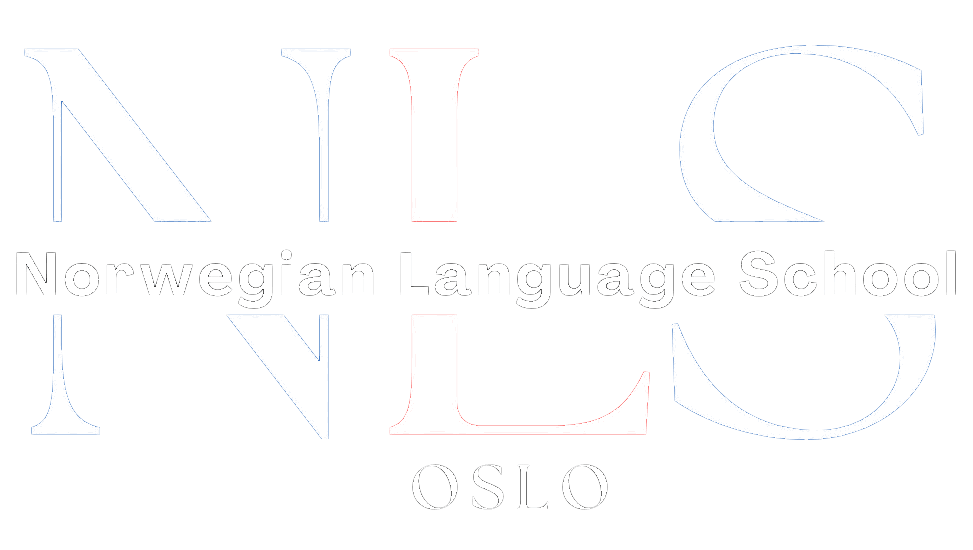

Norwegian Vocabulary in the Newsroom: Media and Journalism Norwegian Terms
Learning Norwegian vocabulary for media and journalism is essential for anyone looking to work in the field in Norway. The ability to communicate effectively in Norwegian is crucial for journalists, reporters, and media professionals to accurately convey information to the public. In addition, having a strong command of the language allows for better understanding and interpretation of news stories and sources.
There are several areas within media and journalism where Norwegian vocabulary is particularly important. These include news reporting, understanding media lingo, conducting interviews, using newsroom equipment and technology, reporting on politics, covering sports news, reporting on business and finance, and reporting on environmental issues. Each of these areas requires a specific set of vocabulary and phrases that are unique to the field.
Table of Contents
ToggleKey Takeaways
- Norwegian media and journalism have their own unique vocabulary and terminology.
- Common Norwegian terms used in news reporting include “nyheter” (news), “reportasje” (report), and “intervju” (interview).
- Understanding Norwegian media lingo involves knowing terms like “redaksjon” (editorial office) and “opplag” (circulation).
- Norwegian phrases for conducting interviews include “kan du fortelle oss om…” (can you tell us about…) and “hva tenker du om…” (what do you think about…).
- Norwegian words for newsroom equipment and technology include “datamaskin” (computer) and “mikrofon” (microphone).
- Norwegian vocabulary for reporting on politics includes “stortinget” (parliament) and “regjeringen” (government).
- Norwegian terms for covering sports news include “idrett” (sports) and “kamp” (match/game).
- Using Norwegian language for reporting on business and finance involves knowing terms like “aksje” (stock) and “økonomi” (economy).
- Norwegian words for reporting on environmental issues include “miljøvern” (environmental protection) and “klimaendringer” (climate change).
- Enhancing your Norwegian vocabulary for media and journalism can help you better understand and communicate in this field.
Common Norwegian Terms Used in News Reporting
In news reporting, there are several basic Norwegian words and phrases that are commonly used. These include words such as “nyheter” (news), “reportasje” (report), “journalist” (journalist), “kilde” (source), “intervju” (interview), and “redaktør” (editor). These terms are essential for understanding and discussing news stories.
For example, a news reporter might say, “Jeg skal skrive en reportasje om den nye loven” (I am going to write a report about the new law). Or a journalist might ask a source, “Kan jeg intervjue deg om saken?” (Can I interview you about the matter?). These phrases demonstrate how these basic terms are used in news reporting.
Understanding Norwegian Media Lingo
In addition to basic vocabulary, it is important to understand common Norwegian media lingo. This includes terms such as “opplag” (circulation), “oppslagstavle” (bulletin board), “forside” (front page), “leder” (editorial), and “kronikk” (op-ed). These terms are used to describe various aspects of the media industry and are essential for journalists and media professionals to know.
For example, a journalist might say, “Denne saken er på forsiden av avisen” (This story is on the front page of the newspaper). Or an editor might write a “leder” (editorial) expressing their opinion on a current issue. Understanding and using these terms correctly allows for effective communication within the media industry.
Norwegian Phrases for Conducting Interviews
Conducting interviews is a crucial part of journalism, and having the right vocabulary and phrases in Norwegian is essential. Some essential phrases for conducting interviews include “Kan jeg stille deg noen spørsmål?” (Can I ask you some questions?), “Hva er din mening om saken?” (What is your opinion on the matter?), and “Kan du utdype?” (Can you elaborate?).
Using these phrases effectively requires active listening and the ability to ask follow-up questions. For example, if a source gives a vague answer, a journalist might say, “Kan du utdype?” to encourage them to provide more information. Being able to conduct interviews in Norwegian allows journalists to gather accurate and relevant information for their stories.
Norwegian Words for Newsroom Equipment and Technology
In a newsroom setting, there are various types of equipment and technology that journalists and media professionals use on a daily basis. It is important to know the Norwegian vocabulary for these items in order to effectively communicate with colleagues and navigate the newsroom environment.
Some common words for newsroom equipment and technology include “datamaskin” (computer), “telefon” (telephone), “mikrofon” (microphone), “kamera” (camera), and “redigeringsprogram” (editing software). Knowing these terms allows journalists to effectively communicate their needs and collaborate with their colleagues.
Norwegian Vocabulary for Reporting on Politics

Reporting on politics requires a specific set of vocabulary and phrases in Norwegian. Some key words and phrases for reporting on politics include “politiker” (politician), “valg” (election), “parti” (party), “stemmerett” (right to vote), and “statsminister” (prime minister).
For example, a journalist might say, “Statsministeren holdt en pressekonferanse om den nye loven” (The prime minister held a press conference about the new law). Or a reporter might ask a politician, “Hva er ditt synspunkt på denne saken?” (What is your viewpoint on this matter?). Understanding and using these terms correctly allows journalists to accurately report on political events and issues.
Norwegian Terms for Covering Sports News
Covering sports news requires a specific set of vocabulary in Norwegian. Some common words and phrases for sports reporting include “idrett” (sport), “kamp” (match), “mål” (goal), “trener” (coach), and “utøver” (athlete).
For example, a sports reporter might say, “Laget vant kampen 3-1” (The team won the match 3-1). Or a journalist might interview an athlete and ask, “Hvordan følte du deg etter seieren?” (How did you feel after the victory?). Having a strong command of these terms allows journalists to accurately report on sporting events and engage with athletes and coaches.
Using Norwegian Language for Reporting on Business and Finance
Reporting on business and finance requires a specific set of vocabulary in Norwegian. Some essential words and phrases for reporting on business and finance include “økonomi” (economy), “aksje” (stock), “investering” (investment), “konkurs” (bankruptcy), and “børs” (stock exchange).
For example, a business reporter might say, “Selskapet gikk konkurs på grunn av dårlig økonomi” (The company went bankrupt due to poor economy). Or a journalist might ask an expert, “Hva er din prognose for aksjemarkedet?” (What is your forecast for the stock market?). Understanding and using these terms correctly allows journalists to accurately report on business and finance news.
Norwegian Words for Reporting on Environmental Issues
Reporting on environmental issues requires a specific set of vocabulary in Norwegian. Some common words and phrases for reporting on environmental issues include “miljø” (environment), “klimaendringer” (climate change), “forurensning” (pollution), “bærekraftig” (sustainable), and “naturvern” (conservation).
For example, an environmental reporter might say, “Klimaendringene har store konsekvenser for miljøet” (Climate change has significant consequences for the environment). Or a journalist might interview an expert and ask, “Hva er de største utfordringene innen naturvern?” (What are the biggest challenges in conservation?). Having a strong command of these terms allows journalists to accurately report on environmental issues and engage with experts in the field.
Enhancing Your Norwegian Vocabulary for Media and Journalism
In conclusion, learning Norwegian vocabulary for media and journalism is essential for anyone looking to work in the field in Norway. Having a strong command of the language allows for effective communication, accurate reporting, and better understanding of news stories and sources.
To enhance your Norwegian vocabulary in media and journalism, it is important to practice regularly. This can be done by reading Norwegian news articles, listening to Norwegian podcasts or radio programs, and engaging in conversations with native speakers. Additionally, taking language courses or working with a language tutor can provide structured learning and guidance.
By continuously improving your Norwegian language skills in the context of media and journalism, you will be better equipped to excel in your career and effectively communicate with colleagues, sources, and the public.

Norwegian A1-A2
Course Overview The Norwegian A1-A2 course is an online program focused on teaching essential Norwegian grammar and vocabulary. It includes a variety of materials and topics, with opportunities to interact with a Norwegian teacher entirely online. Curriculum Highlights The course covers key areas such as grammar and vocabulary and topics such as family, daily life, education, work, traditions, and leisure activities. Who Should Enroll? This course is perfect for beginners or those at the A1 or A2 levels who want to improve their Norwegian skills. What You Get Access to the full Norwegian A1-A2 course. A monthly 1-hour online conversation with a teacher. Many written and oral assignments. Comprehensive information on Norwegian grammar, Norwegian vocabulary and how to use them, important sentence structures, etc. Tips on additional resources to further enhance your Norwegian learning.
0 students enrolled
Last updated Dec 10th, 2024
If you want to learn Norwegian, you can register for classes here. We look forward to hearing from you and helping you become fluent in Norwegian.





